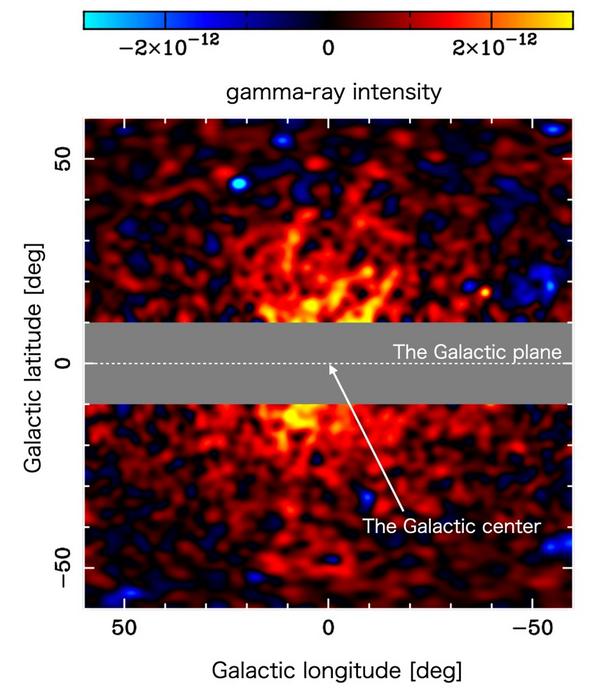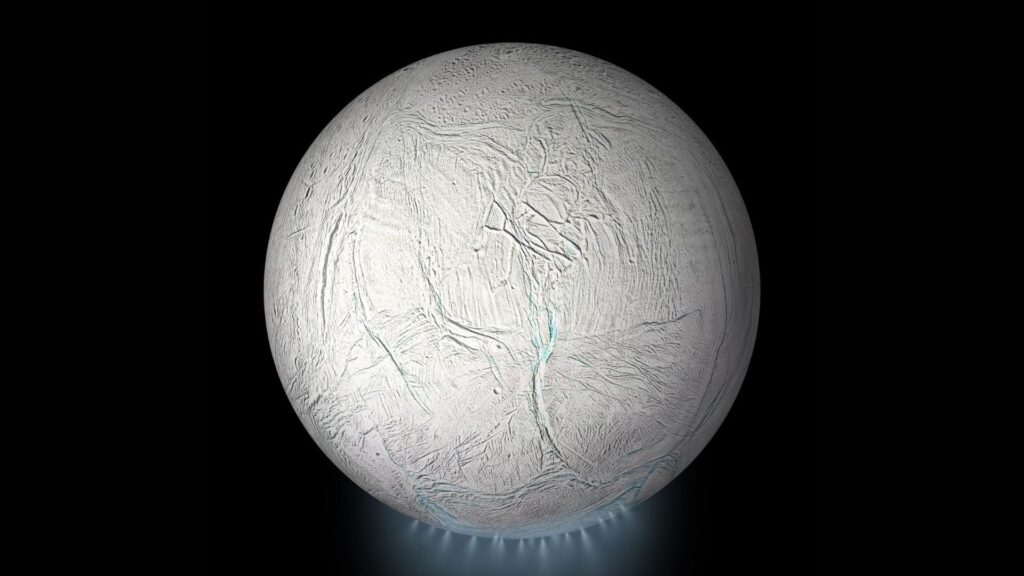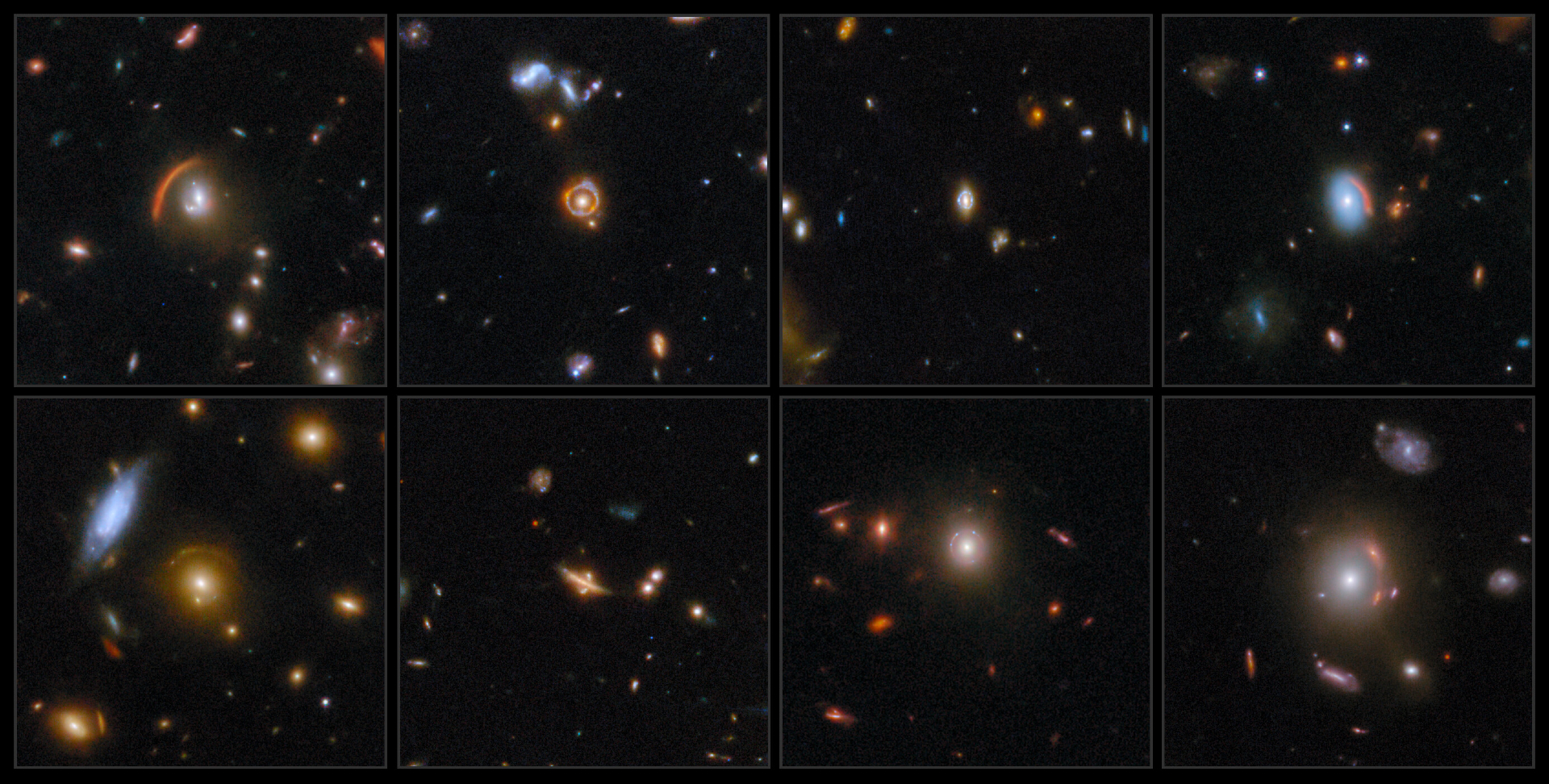Now Reading: ISS astronaut captures amazing video of SpaceX Starlink satellite train cruising above auroras
-
01
ISS astronaut captures amazing video of SpaceX Starlink satellite train cruising above auroras
ISS astronaut captures amazing video of SpaceX Starlink satellite train cruising above auroras
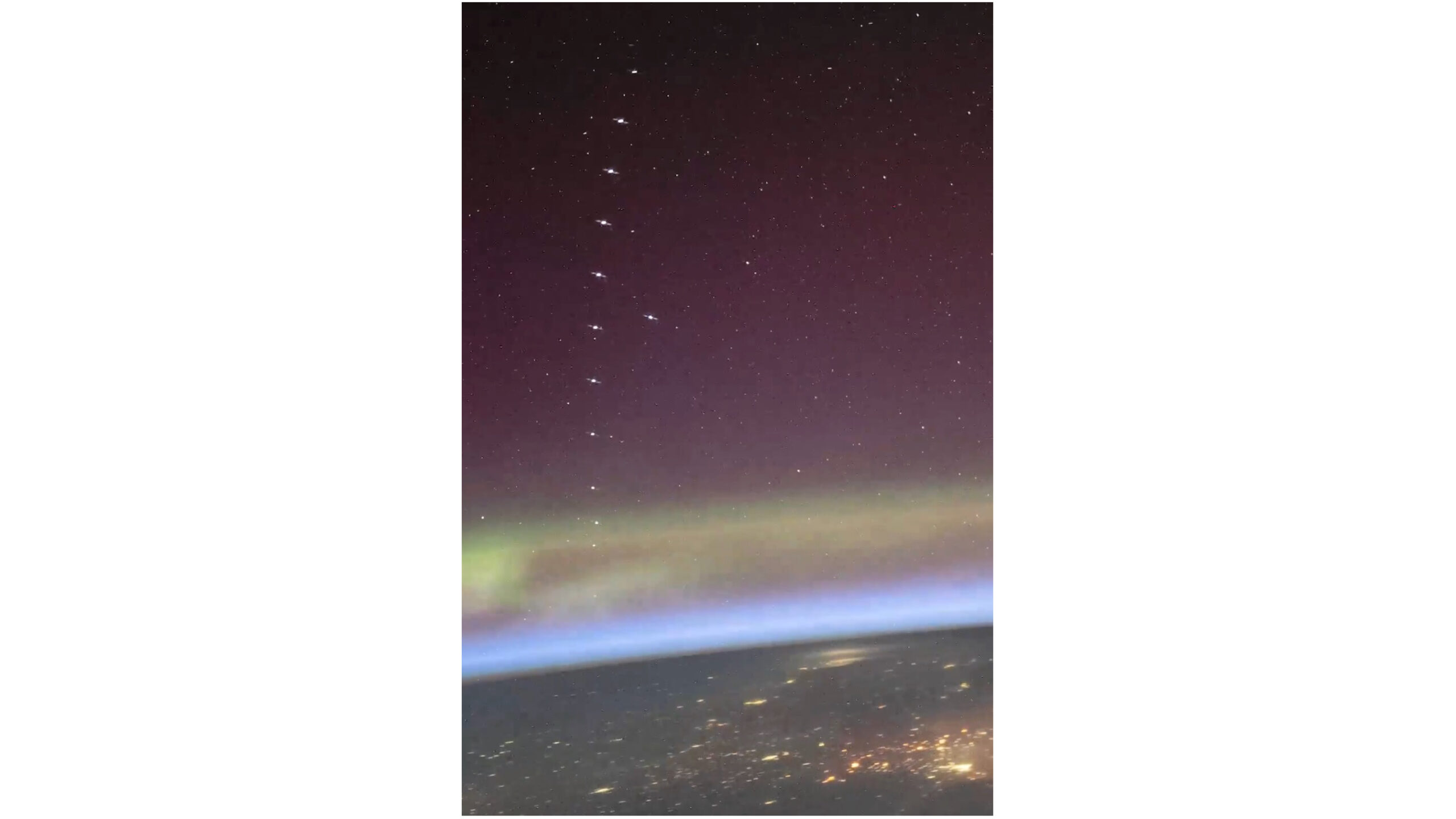
An amazing new video shows flashes of sunlight sparkling off a batch of SpaceX satellites, with a green aurora glowing just below.
NASA astronaut Don Pettit, an accomplished amateur photographer, captured the stunning “train” of SpaceX Starlink broadband satellites during his recent mission to the International Space Station (ISS). The aurora was produced by solar particles slamming into Earth’s atmosphere.
Despite the natural light show, the Starlink group was “very visible. Many were as bright as Jupiter — they would flash from one to 10 seconds,” added Pettit in a comment on X, where he posted the undated video on Tuesday (Oct. 7).
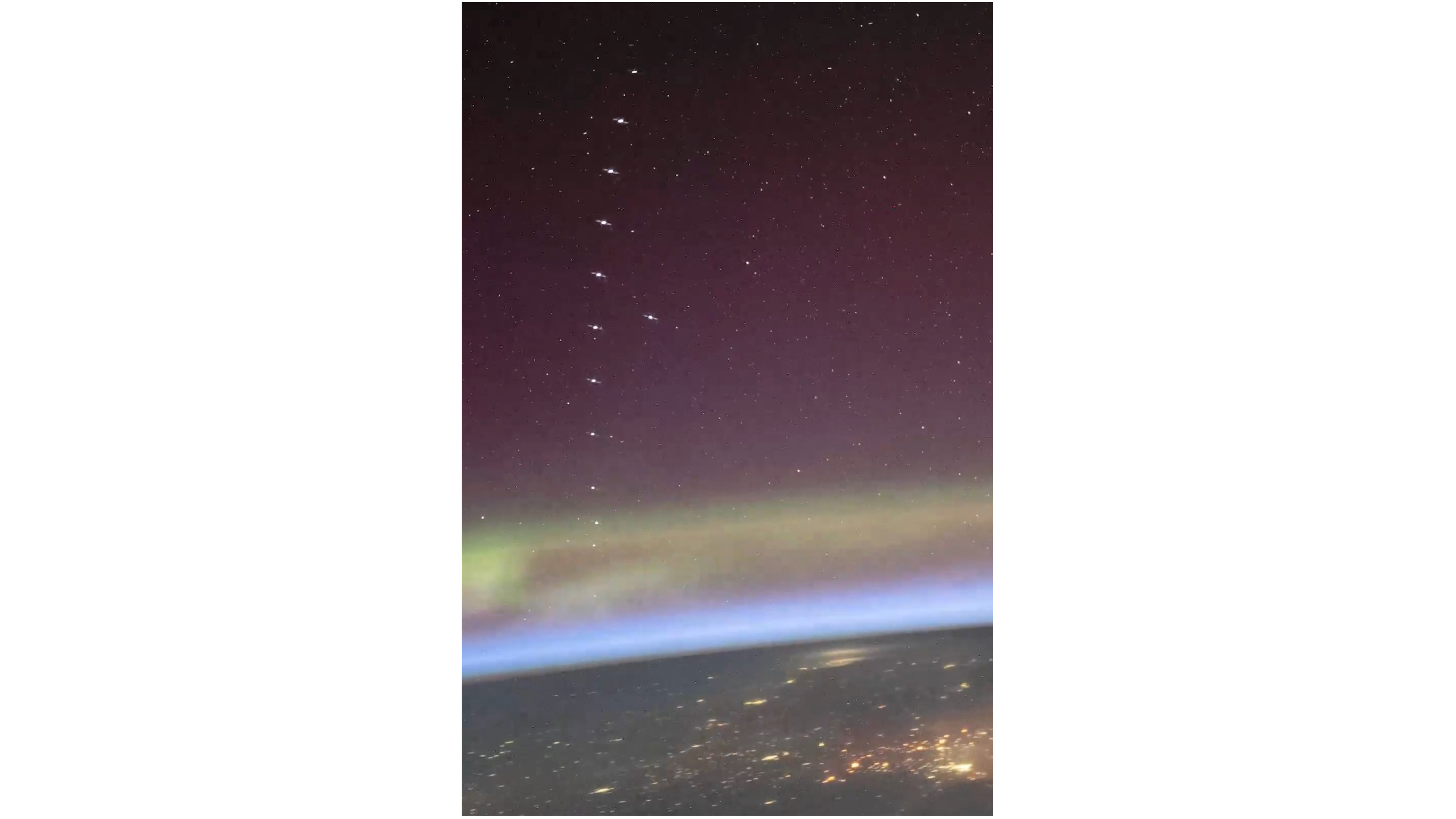
That is indeed quite bright. The peak brightness of Jupiter is roughly -2 magnitude in the night sky. For comparison, the brightest stars range between about magnitude 2 and -2, Venus can get as bright as -4, and the sun is at magnitude -26. (Lower numbers indicate brighter objects on astronomers’ magnitude scale.)
Pettit’s latest space mission, a 220-day jaunt, concluded on his 70th birthday on April 20, when the Russian Soyuz spacecraft that carried him and his two crewmates touched down in the steppe of Kazakhstan. Since life gets busy on the ISS, however, Pettit has been steadily uploading a backlog of images and videos ever since coming home.
Starlink current consists of nearly 8,600 operational satellites, according to a tracker maintained by space debris expert Jonathan McDowell. While that’s a boon for remote areas looking for the reliable internet service SpaceX strives to provide, astronomers have concerns.
Related Stories:
The brightness Pettit observed is one of the worries, as these Starlink trains — usually most apparent shortly after launch aboard SpaceX’s Falcon 9 rocket — can interfere with astronomical observations. Starlinks also have brought up space debris concerns, both in that more satellites raise the risk of collisions and because their reentry could leave traces of metals in Earth’s atmosphere, potentially causing pollution and affecting climate.
In response to these concerns, SpaceX has changed the reflectivity of some of its satellites, and the company continues to emphasize that the Starlinks can be maneuvered in case of trouble. And many more Starlinks will reach orbit over time: SpaceX eventually hopes to have as many as 42,000 of the satellites aloft.
Stay Informed With the Latest & Most Important News
Previous Post
Next Post
-
 012024 in Review: Highlights from NASA in Silicon Valley
012024 in Review: Highlights from NASA in Silicon Valley -
 02Panasonic Leica Summilux DG 15mm f/1.7 ASPH review
02Panasonic Leica Summilux DG 15mm f/1.7 ASPH review -
 03How New NASA, India Earth Satellite NISAR Will See Earth
03How New NASA, India Earth Satellite NISAR Will See Earth -
 04And Thus Begins A New Year For Life On Earth
04And Thus Begins A New Year For Life On Earth -
 05Astronomy Activation Ambassadors: A New Era
05Astronomy Activation Ambassadors: A New Era -
06SpaceX launch surge helps set new global launch record in 2024
-
 07Space Force plans new ‘Futures Command’ amid pressure to speed up modernization
07Space Force plans new ‘Futures Command’ amid pressure to speed up modernization












